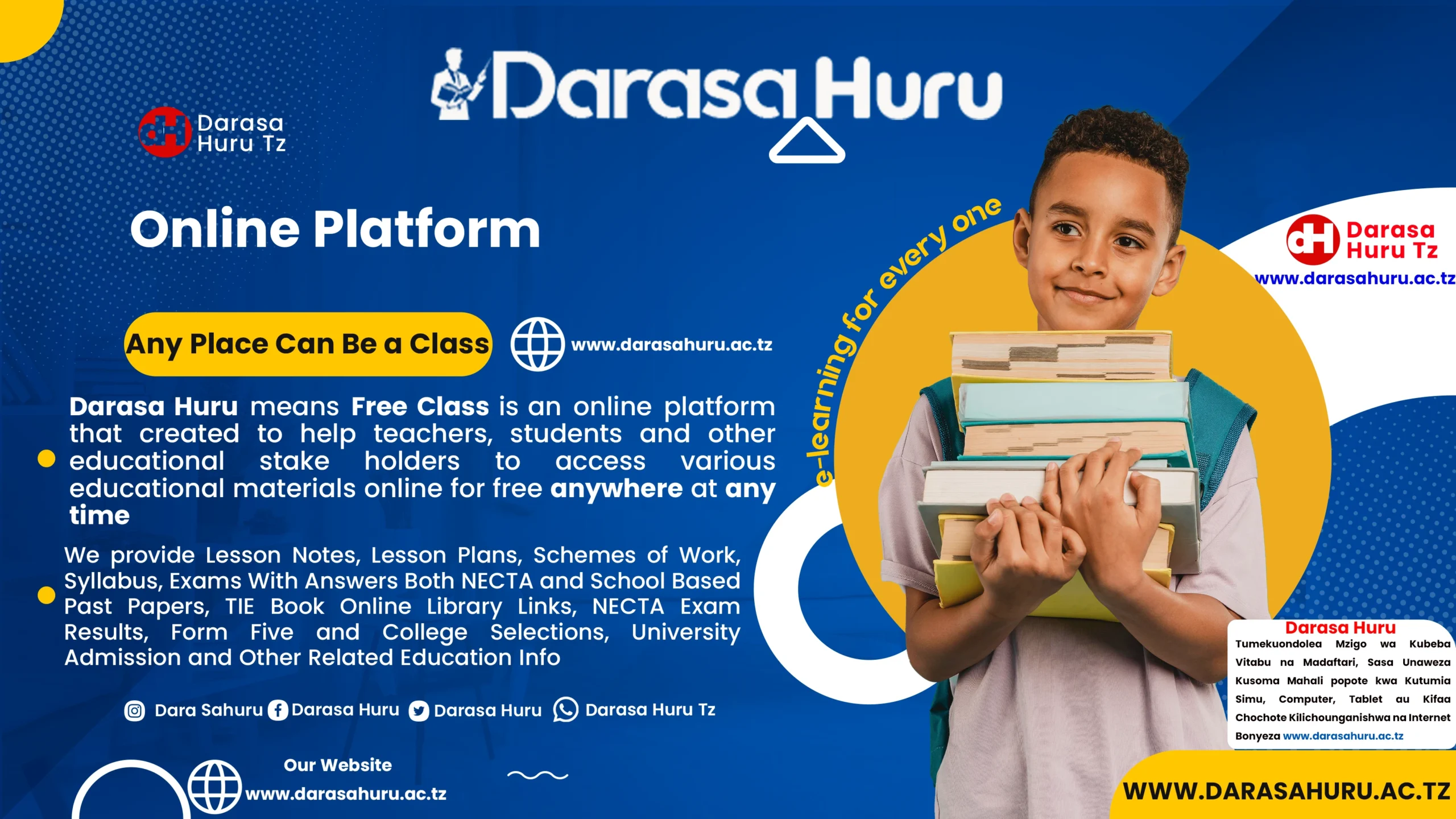The landscape of higher education is undergoing a fundamental transformation, and at the heart of this change is the rise of hybrid learning. This educational model, which strategically blends traditional face-to-face classroom instruction with online learning activities, is rapidly moving from an emergency pandemic response to a deliberate, long-term pedagogical strategy. For universities, implementing a successful hybrid model is a complex but necessary evolution to meet the diverse needs of modern students and prepare them for a digital future. Making the right choices in technology and course design is paramount, a strategic consideration that mirrors how users evaluate and select robust gaming online platforms like casino 1xbet australia for a seamless and reliable experience.
Hybrid learning is not simply about recording lectures and posting them online. A truly effective hybrid model is a thoughtful integration of synchronous (real-time) and asynchronous (self-paced) learning experiences. It seeks to leverage the best of both worlds: the rich, interactive community of the physical classroom and the flexibility and accessibility of online resources.
Designing the Hybrid Learning Experience
The foundation of a successful hybrid program is intentional design. It requires a complete rethinking of the traditional course structure. Instead of using the classroom for one-way information delivery (the lecture), the hybrid model often embraces a “flipped classroom” approach. In this model, students engage with foundational content, such as recorded lectures, readings, and videos, on their own time before class.
This frees up valuable in-person class time for more engaging, higher-order activities. The classroom becomes a dynamic space for discussion, collaborative projects, problem-solving workshops, and direct interaction with the professor and peers. This approach makes the on-campus experience more valuable and purposeful.
Key components of a hybrid model:
- Asynchronous Online Learning: Students engage with core content at their own pace through a Learning Management System (LMS). This includes recorded lectures, interactive modules, and online readings.
- Synchronous In-Person Sessions: Classroom time is used for interactive activities that require collaboration and real-time feedback, such as group work, debates, and lab sessions.
- Synchronous Online Sessions: Live video-conference sessions can be used for guest lectures, virtual office hours, or discussions with remote students.
- Robust Digital Tools: Utilization of discussion forums, collaborative documents, and online assessment tools to support the learning process.
The Benefits for Students and Faculty
When implemented effectively, the hybrid learning model offers significant benefits for the entire university community. For students, the primary advantage is flexibility. It allows them to better balance their studies with work, family, or other commitments. It also caters to diverse learning styles; some students thrive on self-paced learning, while others benefit most from in-person interaction. Hybrid learning provides both. Furthermore, it develops crucial 21st-century skills such as digital literacy, time management, and self-discipline.
For faculty, the hybrid model can lead to a more rewarding teaching experience. It allows them to move beyond the traditional lecture format and engage with students in more meaningful ways. By using online tools to handle routine information delivery, professors can dedicate their expertise to facilitating deeper learning and providing personalized mentorship during in-person sessions. This can lead to greater student engagement and improved learning outcomes.
Challenges of Implementation
The transition to a hybrid model is not without its challenges. The most significant hurdle is the need for a substantial investment in technology and infrastructure. This includes a robust Learning Management System, reliable high-speed internet across campus, and classrooms equipped with the necessary audio-visual technology to support blended activities.
Equally important is the investment in faculty development. Instructors need comprehensive training and ongoing support to learn how to design and facilitate effective hybrid courses. This is not just a technical skill; it requires a pedagogical shift in how they approach teaching. Finally, ensuring equitable access for all students, regardless of their technological resources or digital literacy skills, is a critical challenge that universities must address to prevent creating a new digital divide.
In Conclusion
Hybrid learning is more than just a trend; it is the future of higher education. By thoughtfully blending the strengths of online and in-person instruction, universities can create a more flexible, engaging, and effective learning experience. While the implementation requires strategic investment in technology and faculty development, the benefits of preparing students for a digital world and meeting their diverse needs make it a necessary and worthwhile evolution.
- Conversion of Attention: From Web-Terminal to Mobile Application
- BC.Game App: Complete Guide for Mobile Players
- Science, Technology, and School: The Sustainable Triangle of Understanding
- SapphireBet: a complete look at the platform for gaming and betting
- BC Games App: Your Complete Mobile Experience












